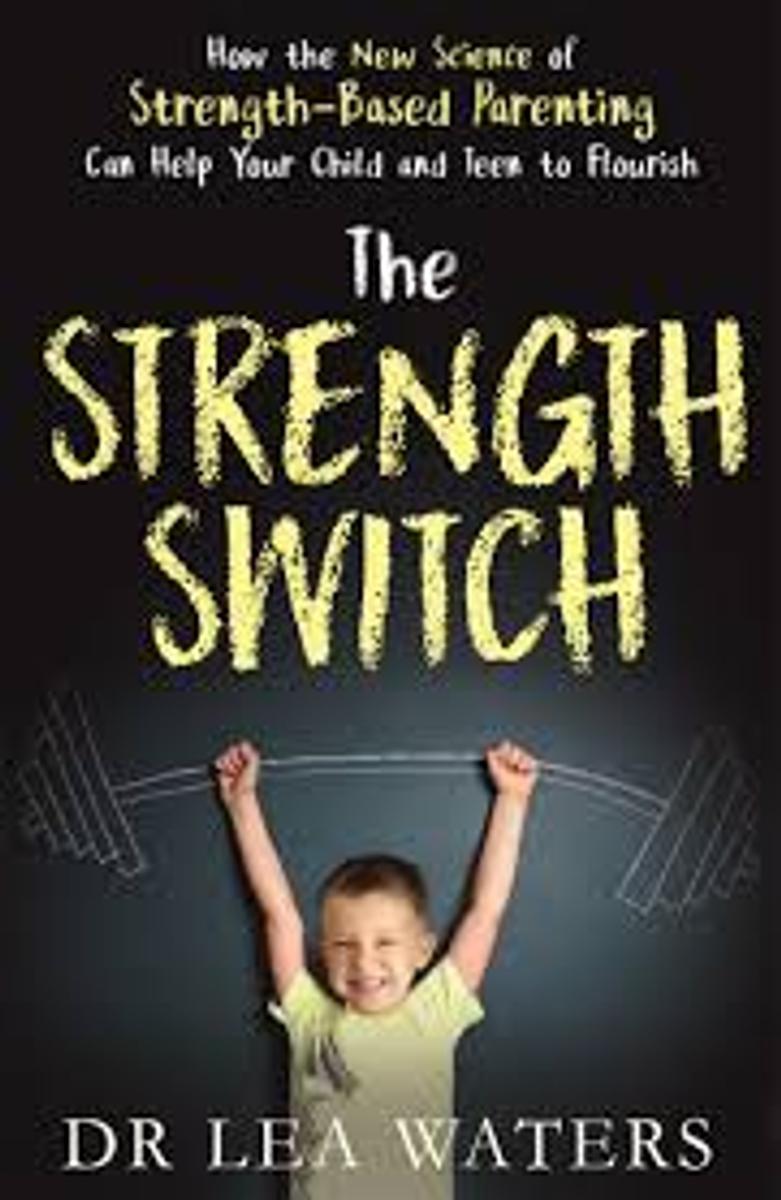Assistant Principal's Report

Bucket Filler Awards
The idea behind the Bucket Filler theory is that each interaction with another person is a chance to build wellbeing. The theory developed by Clifton and Rath is that people have an invisible bucket.
When a person’s bucket is overflowing they feel positive and energised. When a person’s bucket is empty they feel exhausted and sad. Each person also has an invisible dipper. With this dipper they have the power to fill other people’s buckets through thoughtful and supportive interactions. They also have the power to dip from others people’s buckets through unkind interactions. The beauty is that when a person fills a bucket they build their own positive emotions too. Anyone is welcome to nominate Bucket Fillers by completing a nomination form found at the office.
Bailey D in 56A: Being an exceptional role model to other students by listening respectfully to his peers present their leadership speeches. Nominated by: Mrs Hopkins
Josie W in 56C: Using her initiative and deciding to pick up a whole bag of rubbish during her lunchtime because she wanted our playground to look clean and rubbish free. Bravo! Nominated by: Ms Jacobs
Makayla C in 56C: Using her initiative and deciding to pick up a whole bag of rubbish during her lunchtime because she wanted our playground to look clean and rubbish free. Bravo! Nominated by: Ms Jacobs
Zander M in 12A: Offering to give up his turn in a class discussion and activity to a student that really wanted a turn. Nominated by: Miss Roberts
School Wide Positive Behaviour Support (SWPBS) and Positive Education
There are 24 universal character strengths and when we play to our strengths, we are more likely to achieve our goals and achieve success. We use strengths from two perspectives: When things are going well, we can use character strengths to help us see what is best in ourselves and others. When things are going poorly, we can use character strengths to give balance to the struggles we face, to shift our focus from the negative to the positive, to avoid becoming overly self-critical by thinking about our strengths rather than what’s wrong with us. Identifying your signature character strengths generates and develops optimism, provides a sense of direction and generates a sense of vitality. Signature Strengths have three common features:
- Essential: They feel essential to who you are as a person
- Effortless: When you enact the strengths, it feels natural and effortless
- Energizing: Using the strength uplifts you
As published in last weeks newsletter, our GRPS behaviour expectations each have a character strength linked to them. Eg. We are Respectful when we: Use kindness and consider others feelings. This year, all students will continue to learn about the Character Strengths and begin to spot them in themselves and others. Our Year 5/6 students have or will, complete the VIA Youth Survey to identify their own Signature Strengths. During our Year 6 leadership speeches, many students highlighted how their signature strengths would support their leadership ability. It would be fantastic if you could talk to your children about their character strengths and discuss how they can use them to help achieve goals and also persevere with things that challenge them.
If you would like to learn about your signature strength, take the free VIA Character Strengths Survey yourself, visit: https://www.viacharacter.org/survey/account/register
If you would like to learn more about how you can incorporate character strengths into your own parenting, I highly recommend Lea Waters, The Strength Switch.
‘When we use our strengths we are energised, we sparkle and soar, we achieve the highest goals we are capable of achieving.’ (Eades 2008)




